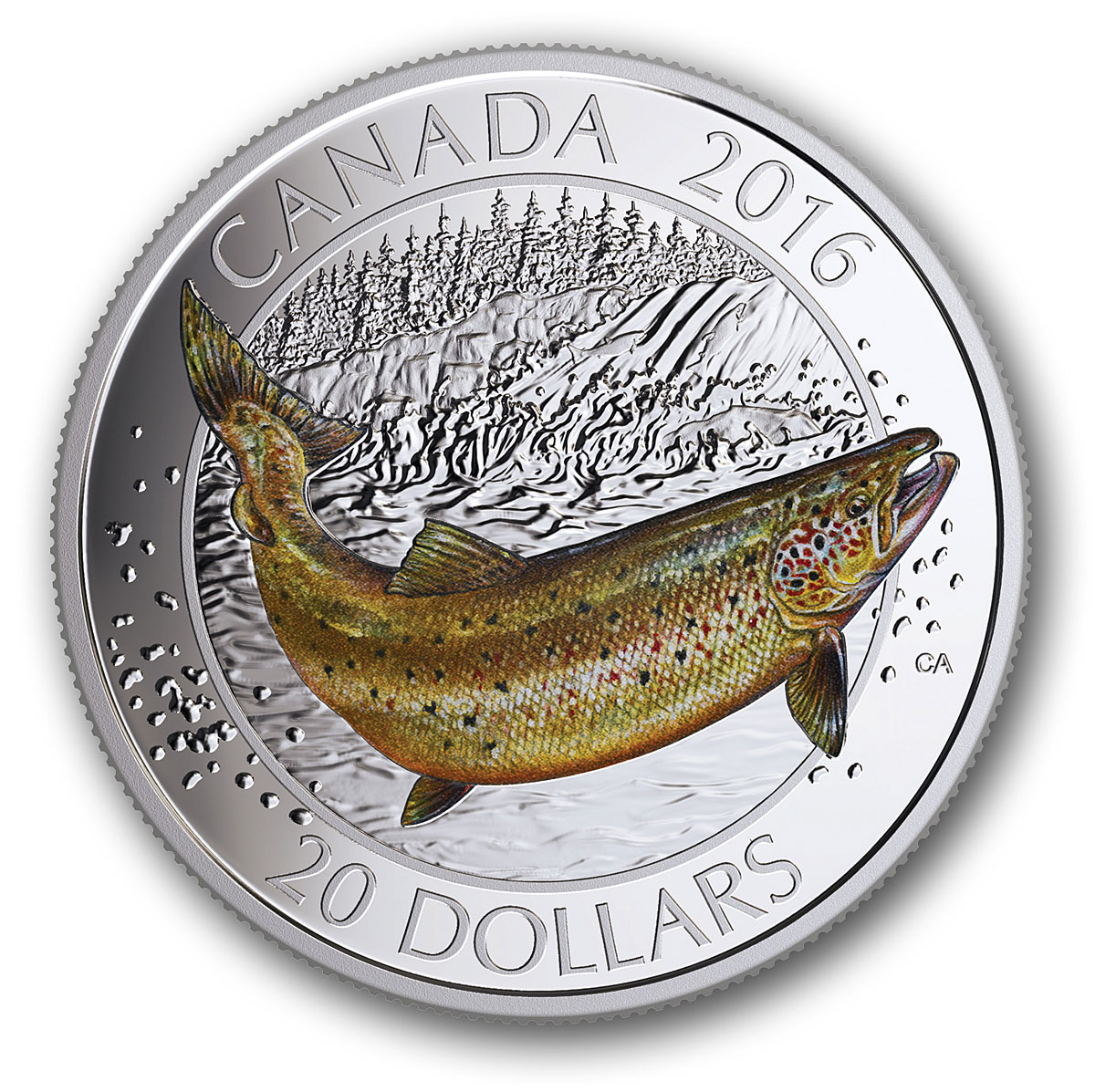Salmon is a unique kind anadromous fish that are born in the fresh waters of rivers and streams. They swim to the ocean as they grow older and return to their home stream to lay eggs when the time comes for spawning. Every year, millions of salmon return to their home stream and produce their next generation of fish. Some species of salmon make several trips in their lifetime, while others make just one round trip before they die. Salmon are native to tributaries of the North Atlantic and Pacific Ocean. Many species of salmon have been introduced into non-native environments such as the Great Lakes of North America and Patagonia in South America. The rivers and streams of the Pacific Northwest used to be so full of wild salmon that fishermen liked to say they could cross the waterways on the fish's backs. The population of wild salmon declined markedly in recent decades on a world-wide scale: in Lake Michigan, at the Pacific Coast and western mountain regions of North America, in New Zealand, in England, Wales and Scotland. According to the WWF, there has been a 50% worldwide decline in Atlantic salmon over the last 20 years. In general, young salmon eat insects, invertebrates and plankton; adults eat other fish, squid, eels, and shrimp. The contamination of rivers and streams with neonicotinoid insecticides may have depleted food sources for young salmon.
Sources:
This website
https://adventure.howstuffworks.com/outdoor-activities/fishing/fish-con…
https://defenders.org/salmon/basic-facts
http://worldwideaquaculture.com/depleting-salmon-population-causes-reco…

- Login om te reageren
